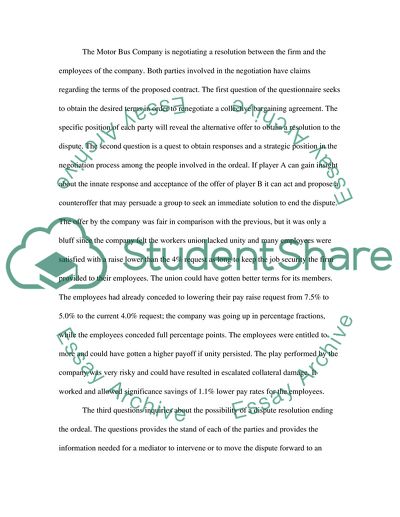Cite this document
(“Catastrophe model of construction dispute negotiation behaviour Essay - 4”, n.d.)
Catastrophe model of construction dispute negotiation behaviour Essay - 4. Retrieved from https://studentshare.org/miscellaneous/1544238-catastrophe-model-of-construction-dispute-negotiation-behaviour
Catastrophe model of construction dispute negotiation behaviour Essay - 4. Retrieved from https://studentshare.org/miscellaneous/1544238-catastrophe-model-of-construction-dispute-negotiation-behaviour
(Catastrophe Model of Construction Dispute Negotiation Behaviour Essay - 4)
Catastrophe Model of Construction Dispute Negotiation Behaviour Essay - 4. https://studentshare.org/miscellaneous/1544238-catastrophe-model-of-construction-dispute-negotiation-behaviour.
Catastrophe Model of Construction Dispute Negotiation Behaviour Essay - 4. https://studentshare.org/miscellaneous/1544238-catastrophe-model-of-construction-dispute-negotiation-behaviour.
“Catastrophe Model of Construction Dispute Negotiation Behaviour Essay - 4”, n.d. https://studentshare.org/miscellaneous/1544238-catastrophe-model-of-construction-dispute-negotiation-behaviour.


